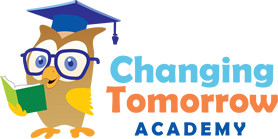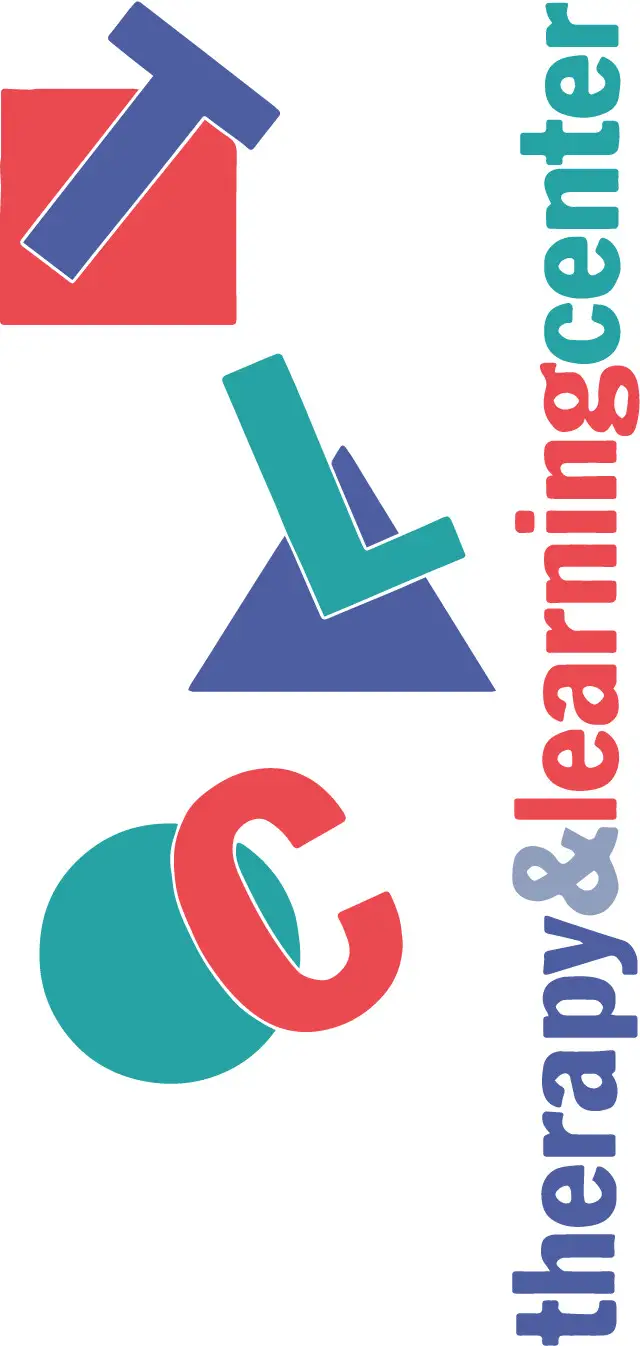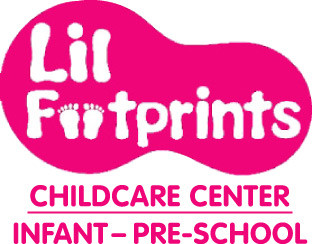
How to Potty Train Your Child
Getting your kids out of diapers can be a frustrating—but ultimately rewarding—task. Here’s how to make the experience as smooth as possible.

Getting your kids out of diapers can be a frustrating—but ultimately rewarding—task. Here’s how to make the experience as smooth as possible.




Brooklyn, NY Changing Tomorrow Academy is a brand new state of t he art facility located Downtown Brooklyn. Offering educators and medical providers onsite. We ...

TLC provides expert instruction in pre-academics, fundamentals of reading, writing, and arithmetic, along with core knowledge in health, science, and ...

Lil' footprints is a family oriented daycare. We have been in business for 15 years. Today parents need to work and want to know that they are leaving...

Summer Camp-Have a wild summer in camp at the WCS Zoos and Aquarium! Explore nature, learn about the planet, and get close to animals—all in New York...